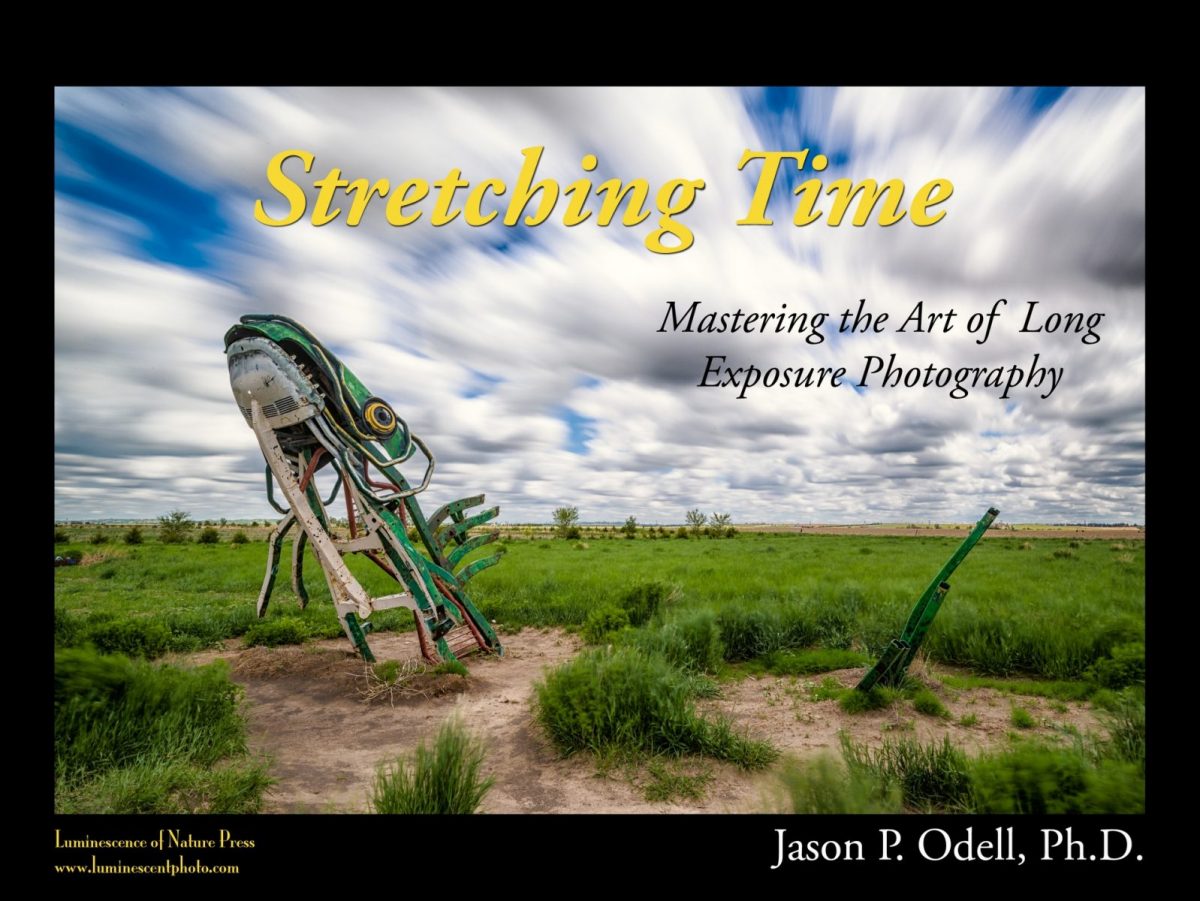As a professional photographer, I’m always exploring creative techniques and how they can be used to create impact in my images. One of my favorite techniques is to use a long exposure to deliberately convey motion by creating a distinct contrast between moving and static elements in a scene. As exposure time lengthens, moving objects are transformed from sharp, static subjects into soft, blurred ones. If you can identify the movement patterns and direction of dynamic elements in your scene, you can use them to strengthen your compositions.
When you approach a scene, start by identifying dynamic (moving) and static (stationary) subjects. You can then set up your shot to place these objects in your frame in a pleasing way. After you’ve composed the shot, you also need to consider just how long you want to expose the scene. Do you want to just blur a moving subject, or do you want it to completely disappear? This is the power of long exposure photography, and why you may want to have a variety of Singh-Ray’s solid neutral density filters of different strengths.
For fast-moving subjects, a relatively short exposure (1-1/10 second) can create motion blur. In this shot of Miami Beach, all I wanted to do was create the feeling of movement in the quickly receding surf. A 1/10 second exposure was all I needed to do that; the exposure blurred the surf slightly but the static elements (clouds, seaweed) were captured sharply. In these situations, a polarizing filter or variable neutral density filter may be all you need to extend the exposure time.

When a subject moves quickly, use a slightly faster exposure to keep it from disappearing. Here, a 1/10 second exposure was all I needed to convey the feeling of movement in the receding surf on Miami Beach.
Another trick with a long exposure is to set up your shot to allow dynamic subjects to create leading lines. In this image of the Chicago Theater, I set up the camera at an angle to allow the headlights to create powerful leading lines as cars streamed past me. Because this image was captured after dark, I was able to get a 10 second exposure without using any filters.
In dark conditions, you can get a long exposure without a filter. Look for ways to use moving objects, like these car headlights, to create leading lines in your composition.
Very long exposures, especially in daylight, can be incredibly powerful. Slow-moving subjects, like clouds, can create cotton-candy swirls in the sky in conditions that would produce a snapshot with a normal exposure. Here’s an image of Independence ghost town near Aspen, Colorado. Captured in mid-day light, the regular shot is not particularly striking. By using a 15-stop Mor-Slo filter, I was able to extend the exposure from 1/400 second to 164 seconds, and the slow-moving clouds created wonderful patterns in the sky.

On a bright sunny day, a fast exposure creates the typical “postcard” shot.

I used a 15-stop Mor-Slo filter to enable me to capture a 164-second exposure, and the slowly moving clouds created a wonderful pattern in the sky.
Very long exposures can also be used to erase distractions and create negative space. I was in the Finger Lakes region of New York on a very blustery day. At 1/15 second, the waves in the lake compete with the pier for the viewer’s attention. I used a 10-stop Mor-Slo filter to extend the exposure to 75 seconds. In the long exposure, the lake becomes smooth and empty, which gives the pier the viewer’s complete attention.

On a blustery day, the waves in Skaneateles Lake distract your attention from the static pier.

I used a 10-stop Mor-Slo filter to extend the exposure time to 75 seconds and create negative space.
You can also use very long exposures to erase moving objects completely. At the World War II memorial in Washington, D.C., tourists are everywhere, and they can create distractions in normal exposures. I used my 10-stop Mor-Slo filter to extend the exposure to 103 seconds, which not only blurred the fountain and reflecting pool, but eliminated all but the most stationary people from the scene.

The WWII memorial in Washington, DC is usually crowded with people.

By using a 10-stop Mor-Slo filter, I extended the exposure time to 103 seconds and most of the people disappeared.
When you approach a scene, start by identifying dynamic (moving) and static (stationary) subjects. You can then set up your shot to place these objects in your frame in a pleasing way. After you’ve composed the shot, you also need to consider just how long you want to expose the scene. Do you want to just blur a moving subject, or do you want it to completely disappear? This is the power of long exposure photography, and why you may want to have a variety of solid neutral density filters of different strengths. For overcast or otherwise dark conditions, or for fast-moving subjects, 5-10 stops of filtration is usually enough to get an exposure of several seconds. If you want to get an exposure of more than one minute, especially in bright conditions, you’ll need at least a 15-stop solid neutral density filter.
Jason’s Pro Gallery on this site
To learn more about long exposure photography, you may be interested in Jason’s new eBook: Stretching Time: Mastering the Art of Long Exposure Photography.



 Jason’s website
Jason’s website